A car with a dead dashboard is a nerve-wracking one. No proper lights, no comforting beeps – it can seem that everything broke down or went wrong. Here are the steps to guide you in diagnosing the problem and getting your car back on track again.
Step 1: Is Everything Dead?

Now let’s take a look at the possible causes. Before doing so, analyze the situation. Attempt to switch on the headlights or sound the horn. If the feature works okay, the issue might be related to the dashboard. Could it be a faulty cluster or a connectivity problem? If nothing is alive at all, then it certainly looks like something is wrong with the power supply, most likely the battery.
Step 2: The Main Culprit – The Battery
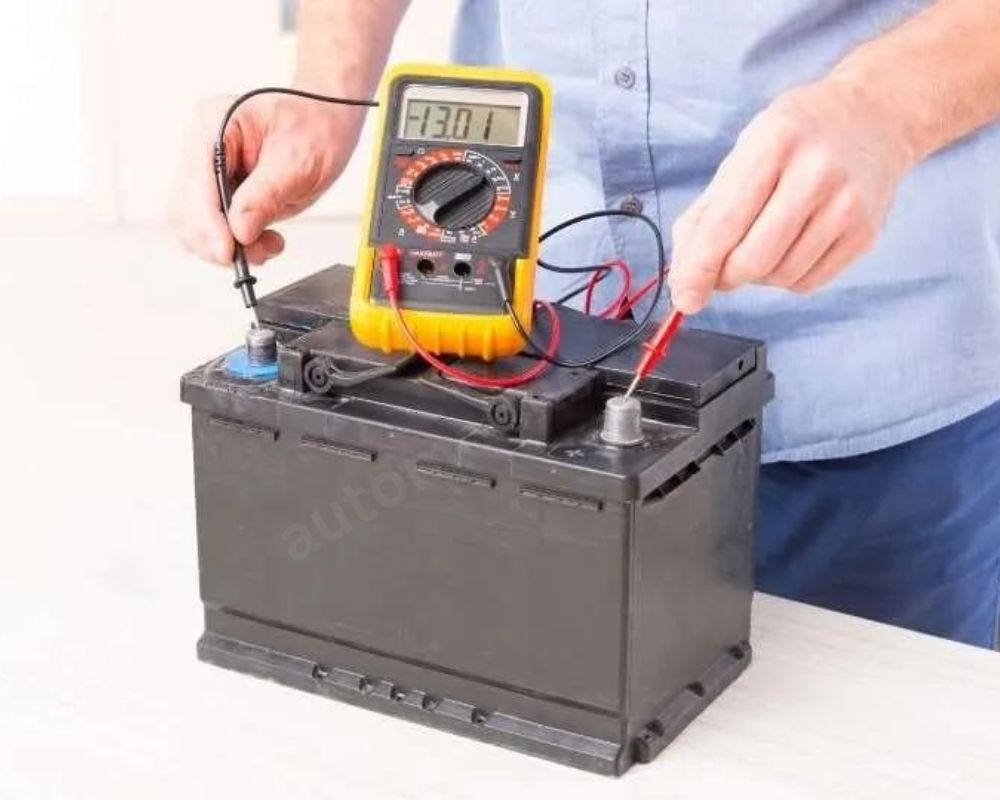
The battery is an essential part of the electrical system of your car. A discharged battery is the most common issue with a dashboard that fails to illuminate. Look out for these warning signs:
No Prior Warning: Batteries do not always die with a dramatic goodbye. The slightly slow crank of your car can be a symptom of a weak battery.
Dim lights: While even at a low level, the lights in the car might still be noticeably dimmer than usual, they give away telltale clues about the issue.
Step 3: Checking the Battery
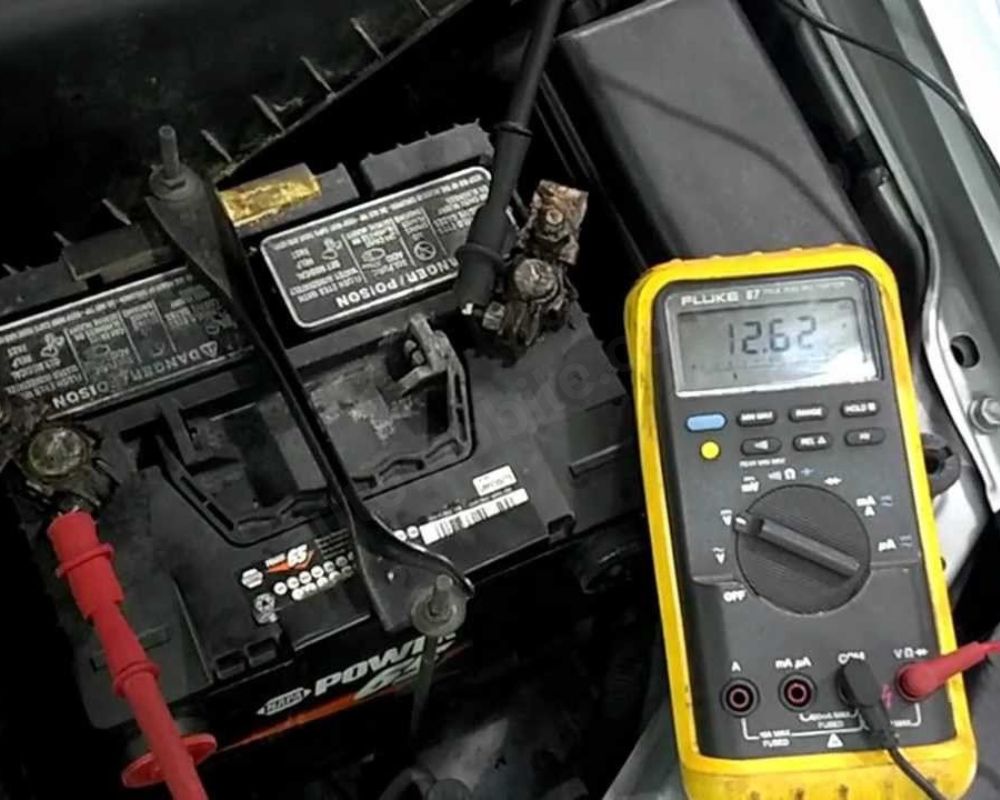
Visual inspection: Raise the hood and peek at the battery. Examine the terminals for any corrosion (i.e., positive and negative posts/sockets). By consequence, it may prevent current from reaching the electrical components of your car. Clear any corrosion with a solution of baking soda and water. Do not omit the safety equipment – eye protection and gloves.
Voltage test: If you have a multimeter, you can check the battery voltage. The condition of a good battery should be close to 12.4-12.8 volts when the car is switched off. Anything below this indicates a flow of effluents. If the voltage reading is very low (near 10 volts or lower), the battery may be sulfated or damaged and unable to hold a charge, which would indicate the need to replace the battery.
Step 4: Jumpstart or Replacement
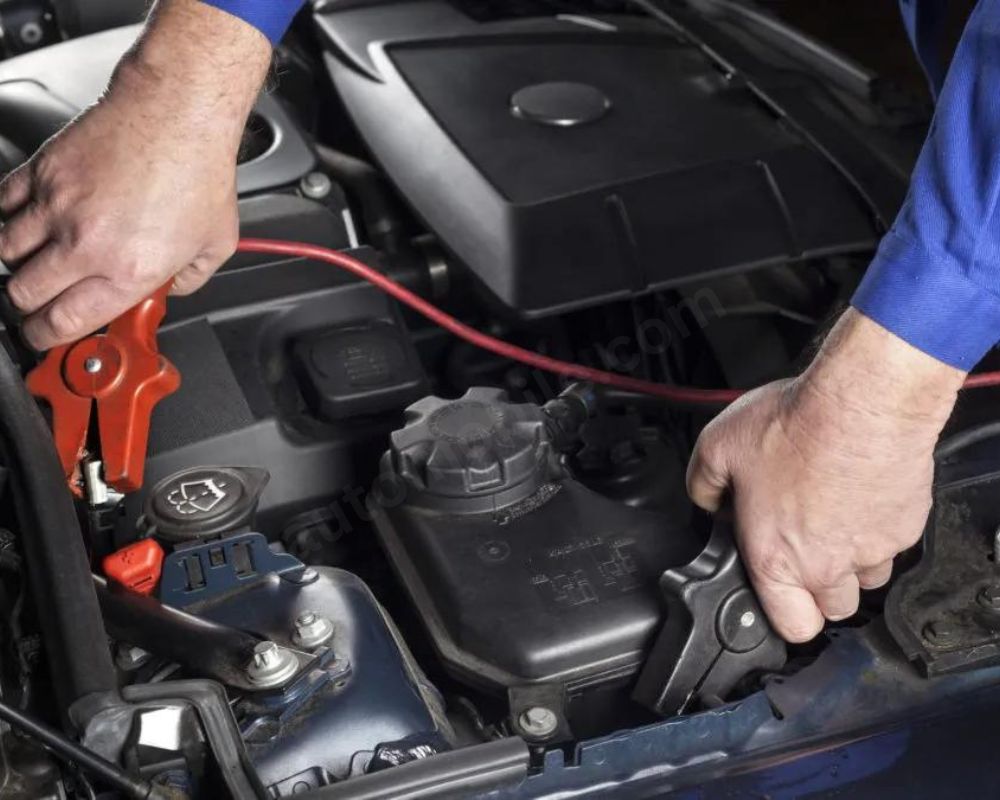
Jumpstart: If the battery is not totally dead, an attempt at a jumpstart from another car could possibly get you going. Many resources are available online on how to correctly and safely jumpstart a car, so remember that you should always check the right cable connections to make sure you don’t end up damaging either vehicle.
Replacement: If the battery is dead or so corroded that they cannot be cleaned, then you will need a new battery. Make sure to select the proper size and kind for your vehicle. In most auto parts stores, you can expect them to match the right battery size to your car’s model and year.
Step 5: The Battery – Checking Connections
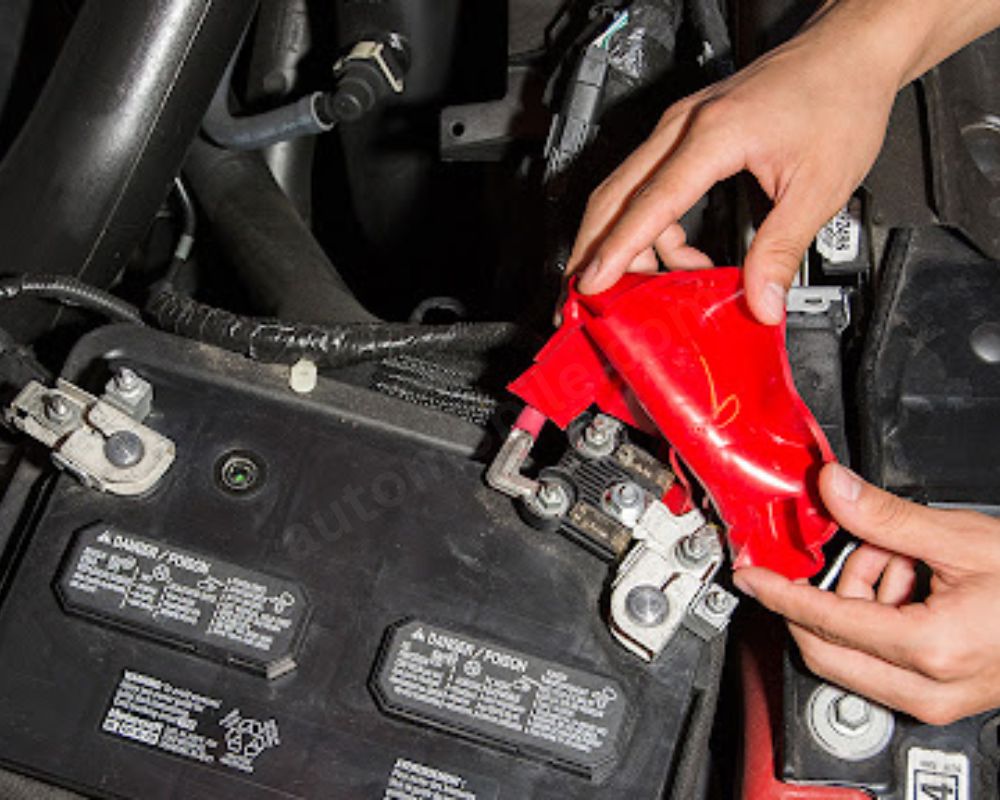
Even with a good battery, corroded or loose battery cable connections can stop the proper flow of electricity. These connectors function like bridges that link the battery to the rest of the car’s electrical system. Use a baking soda and water solution to clean the corrosion and securely tighten the connections with a wrench. Take care not to over-tighten, which can cause damage to the threads on cable terminals.
Step 6: The Blown Fuse – A Less Common Culprit
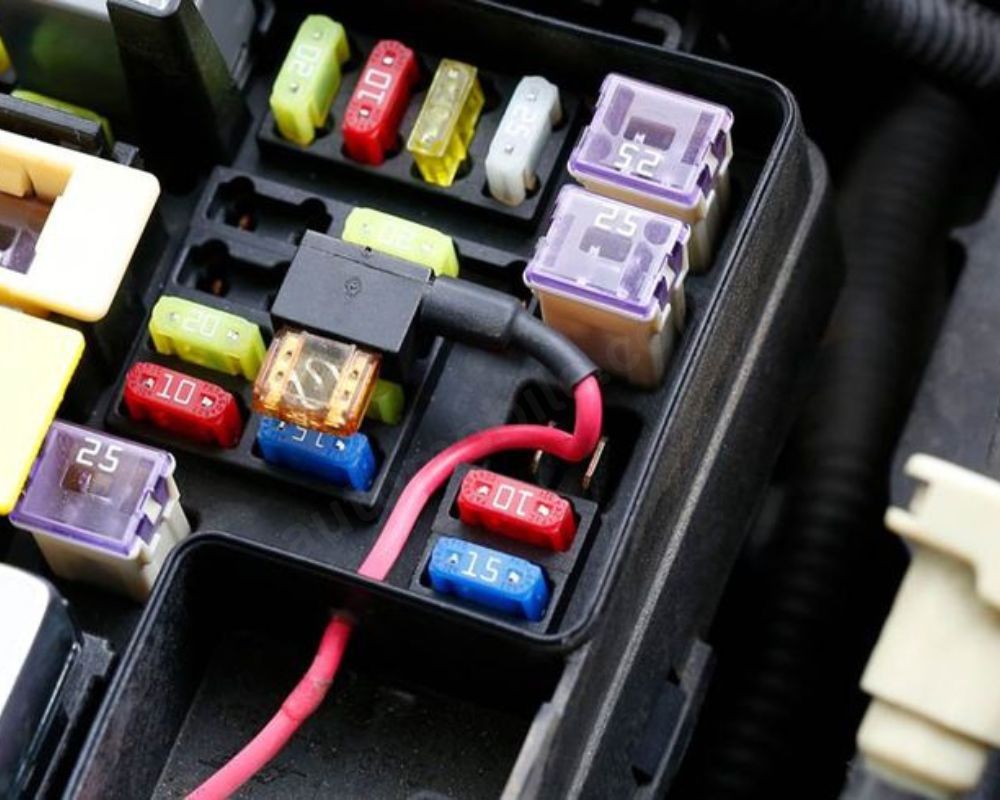
Fuses are used as safety devices that shield your car’s electrical system from overload. If there is a spike in power, the fuse could trip to save other components from damage. It is possible that a blown fuse could be the cause of a dead dashboard, which is, however, less common than a battery problem.
Consult Your Car’s Manual: It will show you the fuse box location and tell which fuse causes the dashboard to stop working. The majority of vehicles have a chart or legend referred to in the leaflet that represents what each fuse controls.
Visually Inspect The Fuse: Find a blown fuse by checking the filament (filament is broken inside the fuse). Fuses are easy to replace and can be found in any auto parts store at a reasonable price. They are of different ampere ratings, so you better select the exact replacement of the blown fuse. Never try to fix a blown fuse with foil or other conducting material, as this may lead to severe electric shock.
Step 7: When in Doubt, Call a Mechanic

If you’ve checked the battery, connections, and fuses, and the dashboard still seems lifeless, it might be the right time to call an expert mechanic. They have the equipment and knowledge to diagnose complex electrical problems. They can pinpoint issues such as alternator failure, bad wiring, or instrument cluster problems directly.
Additional Tips:
Dimming: If your dashboard lights have become dim, but are not completely gone, it could be an indication of an alternator failure, which is the component that keeps your battery charged while the car is still running. In this case, the car starts and runs but is likely to stop after the battery power has been drained.
Warning Lights: Even with a dead dashboard, some cars are still able to show warning lights like check engine light or oil pressure light. Take extra caution with these critical warning flashers, and safely get off the highway when any of these flash.
Thus, a car without power can be dangerous, so highly consider your own safety and do not hesitate to ask for help if needed. If you follow these steps carefully, identify the problem, and troubleshoot it, then you will be back on the road in no time.

